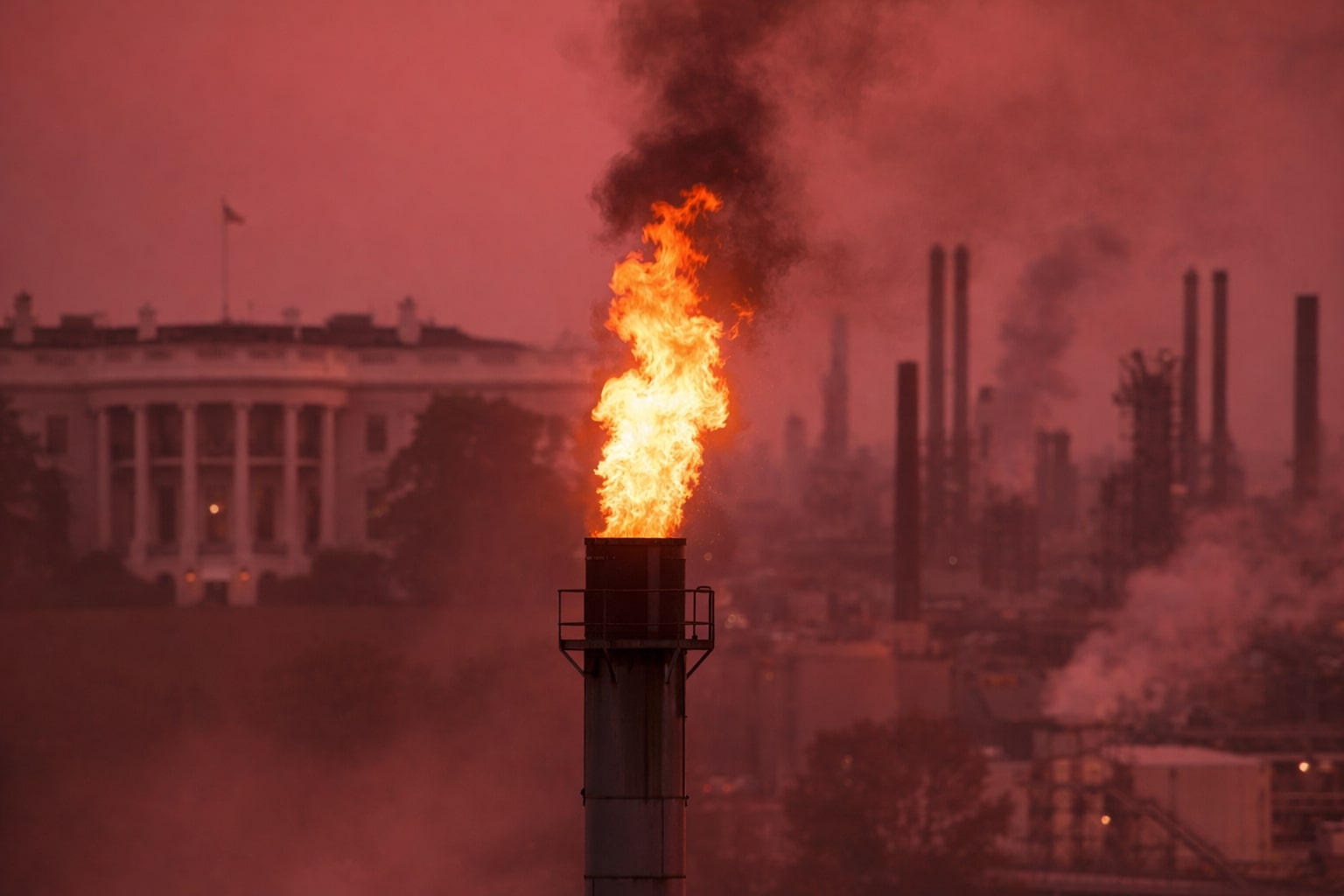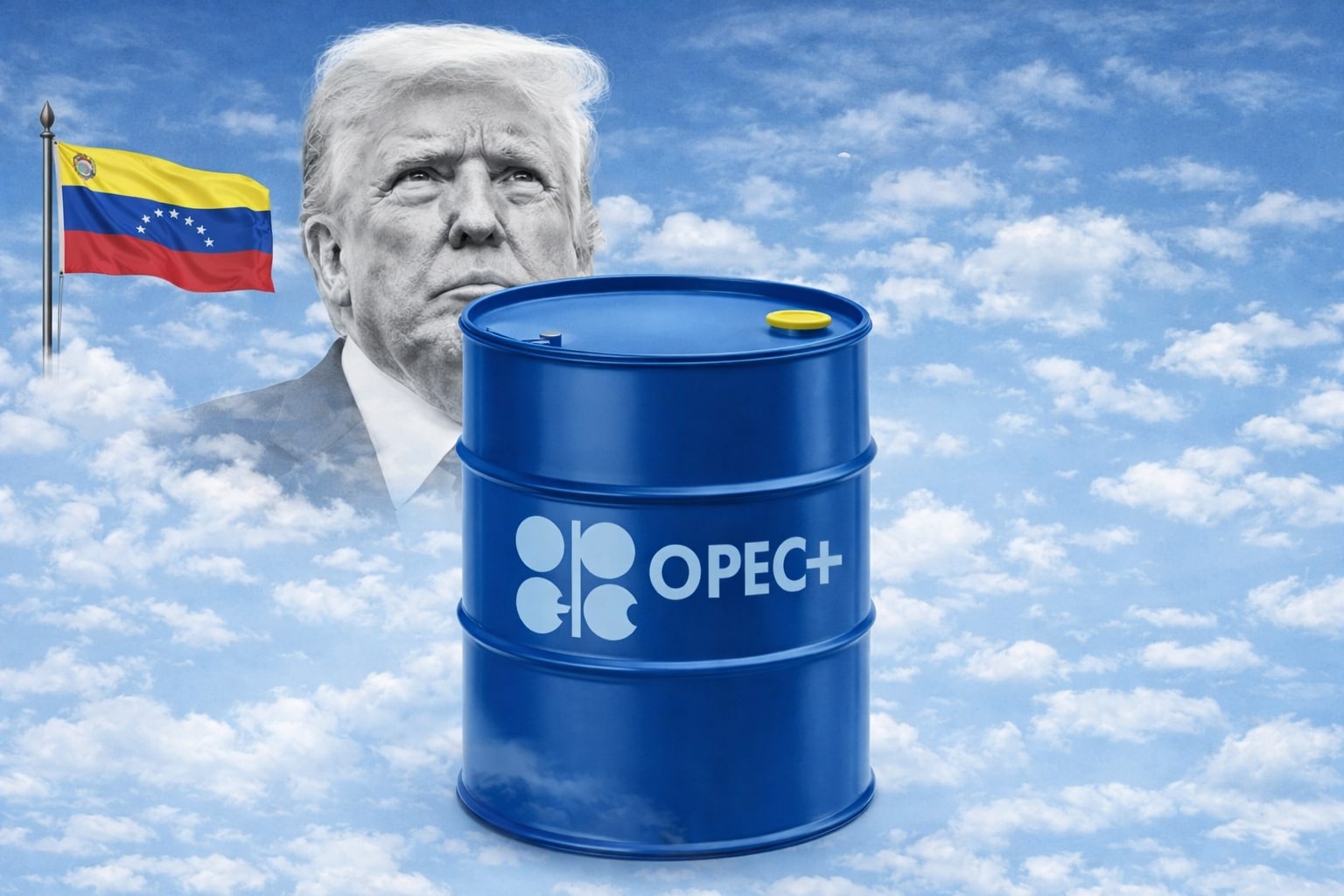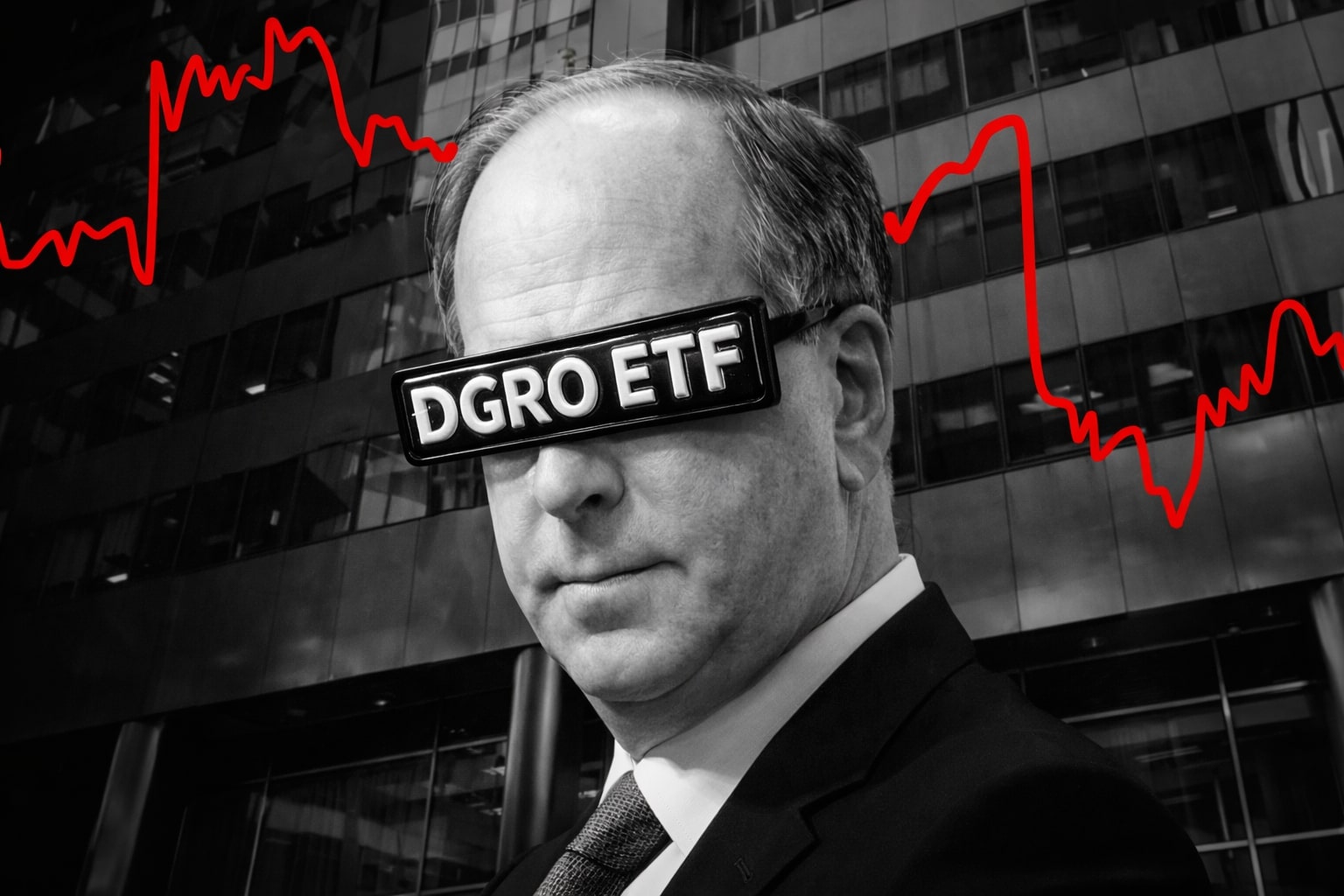
Natural Gas Price Forecast - NG=F Falls to $3.07 as Supply Glut and Weak Heating Outlook Hit Demand
Futures retreat toward $3.00 amid strong U.S. output, 83% EU storage levels, and lack of cold weather; traders brace for potential slide to $2.90 as inventories surge and technical momentum turns bearish despite winter rebound hopes | That's TradingNEWS
Natural Gas (NG=F) Slides Toward $3.00 as Oversupply and Weak Demand Pressure Futures
The Natural Gas (NG=F) market is under renewed pressure this week, slipping toward the psychologically critical $3.00/MMBtu level as storage surpluses, mild weather, and soft degree-day forecasts continue to weigh on sentiment. Futures for November delivery were last seen at $3.07/MMBtu, down nearly 1.7% intraday, with technical and fundamental factors aligning to sustain a short-term bearish bias.
Supply Overhang Intensifies as Storage Builds Outpace Demand
The latest market readings from Natural Gas Intelligence highlight a persistent supply overhang. Underground storage volumes remain above seasonal averages, with inventories climbing faster than anticipated. Traders noted that the total degree-day (TDD) forecasts continue to signal weaker-than-normal early-season heating demand, reducing the likelihood of a major drawdown before November.
At midday Tuesday, November Nymex gas futures were down 17 cents to $3.099/MMBtu, as traders positioned for another mildly bearish weekly storage report. The Energy Information Administration’s (EIA) upcoming data is expected to show a build modestly above the five-year average, confirming the supply glut.
Across regional hubs, cash markets echoed this weakness. El Paso Permian fell $2.27/MMBtu, while Transwestern W. Texas was off $2.09/MMBtu, underscoring the impact of bottlenecks and constrained pipeline flows in the Permian Basin.
Weather Models Turn Mild, Delaying Heating Demand
Forecast models show a continued lack of cold weather intensity, with insufficient total degree days to lift residential and industrial demand. Meteorologists noted that early-season heating requirements have been disappointing, particularly across the Midwest and Northeast, where temperatures remain several degrees above normal.
This lack of winter chill has stripped natural gas of its seasonal momentum. The main resistance near $3.33/MMBtu remains firmly intact, with prices repeatedly failing to break above that threshold since early October. Technical oscillators continue to flash bearish signals, as the RSI remains anchored near 32, implying oversold conditions but not yet sufficient for a reversal.
Analysts now expect a decisive test of the $3.05 support, and a sustained break below that level could accelerate the move toward $2.94 and eventually $2.82/MMBtu—the key demand floor seen in May.
European and Global LNG Dynamics Deepen the Bearish Tone
European benchmark TTF gas futures settled below €31.50/MWh, extending their fourth consecutive daily decline, according to ING data. The fall has been driven by abundant LNG inflows and steady storage levels, which currently stand near 83% capacity across the EU.
U.S. LNG export terminals are operating near record utilization, yet the additional supply into global markets has created a paradox—high exports from the U.S. have failed to lift domestic prices because global buyers are hedging future winter demand rather than immediate consumption.
The combination of strong LNG availability and muted Asian restocking activity has restrained bullish price action for U.S. natural gas. Traders report steady LNG cargo loadings at Gulf terminals, but without significant weather-driven demand in Europe or Asia, the export-driven premium remains subdued.
Technical Structure: NG=F Confronts Key Resistance Bands
Technically, Natural Gas (NG=F) remains locked in a descending channel. The 50-day exponential moving average (EMA) near $3.25 and the 200-day EMA at $3.30 have both turned into resistance barriers. Momentum has stayed negative since the early October breakdown, and every recovery attempt toward $3.20 has been rejected by selling pressure.
The market is now attempting to consolidate around $3.06, a level that has acted as both support and a pivot point in recent months. If the RSI were to rebound from current oversold territory, short-covering could lift the contract toward $3.19–$3.25, but without a meaningful catalyst—such as a sharp cold-weather shift or a major inventory draw—such rallies are likely to fade.
Read More
-
DGRO ETF Price: Is DGRO at $69.17 Still the Better Dividend-Growth Bet?
17.12.2025 · TradingNEWS ArchiveStocks
-
XRP Price Stuck Below $2 As XRPI at $10.74 and XRPR at $15.26 Ride $1B+ ETF Inflows
17.12.2025 · TradingNEWS ArchiveCrypto
-
Natural Gas Price Forecast - NG=F Steady Near $4 as TTF Jumps on Colder Forecasts and LNG Outage Risk
17.12.2025 · TradingNEWS ArchiveCommodities
-
USD/JPY Price Forecast: USDJPY=X 155.50 Pivot Before BoJ Hike and US CPI
17.12.2025 · TradingNEWS ArchiveForex
Global Energy Context: Oil Weakness Adds Correlation Pressure
The weakness in natural gas prices coincides with a broader pullback in energy markets. WTI crude oil dropped to $59.29 per barrel, down 1.4%, while Brent (BZ=F) slid to $63.07, as global demand forecasts were trimmed by the International Energy Agency (IEA).
The IEA now expects 2025 oil demand growth to slow by nearly 30% from earlier projections, citing higher output from OPEC+ and non-OPEC producers. This macro drag spills over to natural gas as traders reduce exposure to the entire energy complex.
Despite record U.S. LNG exports and ongoing infrastructure expansions, the correlation between oil and gas remains influential in sentiment-driven markets. When crude softens on supply surpluses, speculative traders often pare back natural gas exposure as well.
Market Psychology and Positioning
Trader positioning reflects a defensive tone. Commodity funds have trimmed long exposure in natural gas for three consecutive weeks, with net longs down nearly 12% compared to late September levels. Market volatility, measured through implied futures variance, remains high at 37%, signaling uncertainty heading into the heating season.
Retail participation has also weakened, with open interest in front-month contracts slipping below 1.25 million contracts. Analysts at several energy desks note that large producers have been active in hedging production through Q1 2026, locking in forward prices near $3.10–$3.20/MMBtu. This activity, while prudent for balance sheet stability, further limits upside potential for near-term prices.
Production and Storage Fundamentals
U.S. output remains strong, with daily dry gas production averaging 104.3 Bcf/d, near record levels. Storage facilities currently hold roughly 3.4 trillion cubic feet, about 6% higher than the five-year average. The production surplus, combined with mild weather, creates a ceiling effect around the $3.20–$3.30 range.
Unless LNG demand surges or weather-driven consumption accelerates, the balance suggests further downside risk. Analysts anticipate weekly storage builds to persist through the remainder of October before potentially shifting to draws by mid-November if temperatures normalize.
Medium-Term Outlook: Potential for Winter Rebound
Despite the current bearish trend, the longer-term fundamentals remain cautiously constructive. Seasonal cycles often trigger stronger price recoveries in December and January when storage withdrawals intensify. If forecasts pivot toward colder conditions across the Midwest and Atlantic regions, NG=F could swiftly rebound to $3.50/MMBtu or even test $3.70/MMBtu, levels seen earlier this year.
However, without a decisive weather catalyst or a drawdown in storage levels, the current market narrative remains dominated by surplus pressure and weak technical momentum.
Verdict: HOLD – Bearish Bias Short Term, Constructive Medium Term
Natural Gas (NG=F) is consolidating near $3.07/MMBtu, with downside risks toward $2.90 if mild weather persists and storage builds continue above trend. Short-term sentiment is bearish, driven by oversupply, but medium-term prospects could turn constructive if winter demand intensifies and inventories tighten.
A sustained close above $3.30 would mark the first technical confirmation of a shift in momentum, opening the door to a recovery toward $3.50–$3.70/MMBtu. Until then, traders should expect volatility and range-bound behavior around the critical $3 threshold.
Verdict: HOLD – Bearish Short-Term / Bullish Winter Outlook



















